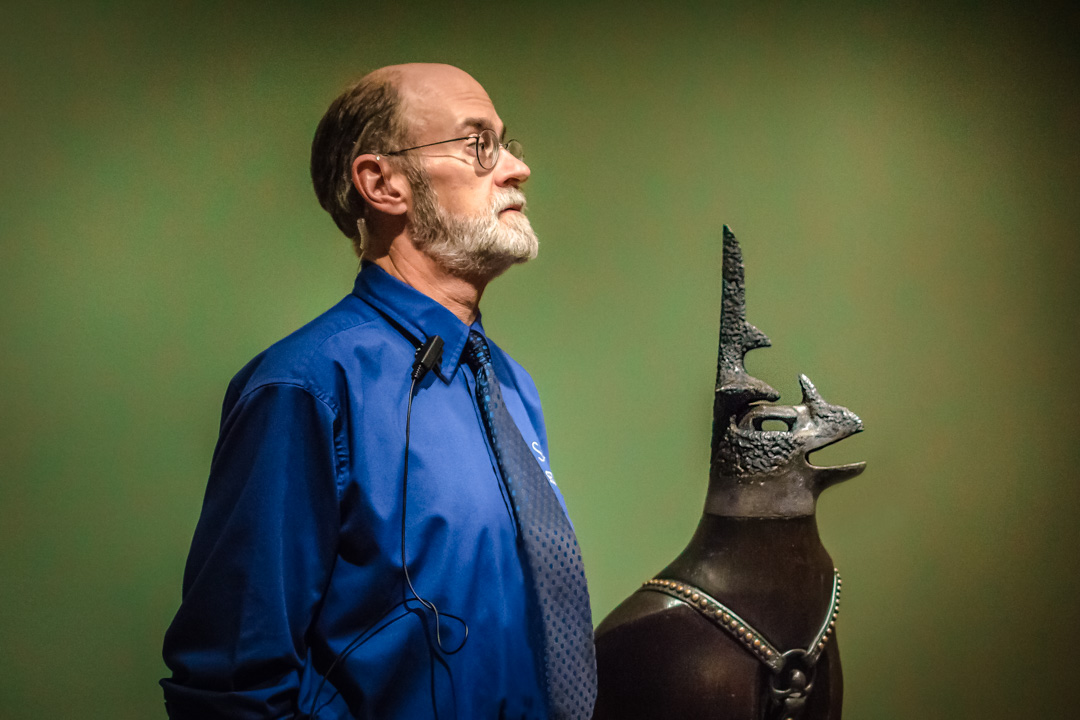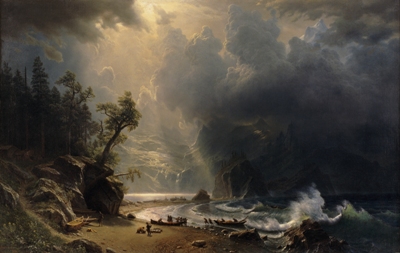Get to Know SAM’s VSOs: Mark Howells
Everyone knows museums have security guards, but not everyone gets to know the people behind the uniform. We spend our days with the works of artists such as Pablo Picasso, Donald Judd, Andy Warhol, and Claude Monet, learning the nuances of each piece.
Johan Idema wonderfully describes museum guards in his book How To Visit An Art Museum as follows:
In order to put up with picture takers, soda smugglers and amateur art critics, guards require both the alertness of a police officer and the empathy of a kindergarten teacher. Consider museum guards the ground troops of the art world, who deserve your utmost respect. Some of them actually have amazing knowledge of art – former guards include painters such as Jackson Pollock and Sol LeWitt.
Many guards would speak with great passion, if only we asked them. Therein lies your opportunity. Have your questions ready and make your move when the gallery is quiet. Whatever the conversation, you will likely find that guards are able to offer what is often lacking in museums: human interaction and a proper conversation about art.
With Idema’s words in mind, we invite you to get to know us, SAM’s Visitor Services Officers (VSOs), with a monthly spotlight.
MARK HOWELLS
Raised between Portland and Bellingham, Mark Howells has been in the Puget Sound region for 30 years. He did IT Security and Audit before coming into the museum scene. In 1974, he worked his first museum job at the Oregon Historical Society as a junior summer docent. However, what lead him down the path to guest services was his experience in visitor studies during an extension course at the UW where he volunteered with the Washington State History Museum. Mark has worked at SAM since November 2015.
SAM: Graphic Masters: Dürer, Rembrandt, Hogarth, Goya, Picasso, R. Crumb comes to an end on August 28. Which artist have you enjoyed the most in this exhibit?
Howells: R. Crumb. He’s my generation. I had to hide his comix from my mom when I was a kid. Alternative comix were a fun part of my kid-hood, so I guess the nostalgia factor with Crumb was the best part.
What is your favorite piece of art currently on display at SAM?
The Bierstadt (Puget Sound on the Pacific Coast). He got the gray of the Pacific Northwest skies just right. That’s hard to do. I know that the location was just from his own imagination, but I go down to that area at the mouth of the Columbia quite a bit and I always look to see if I can find “that place.”
Who is your favorite artist?
I’m a historian, not an artist. Recently, I’ve studied up on local Pacific Northwest artists, so maybe Philip McCracken right now.
What advice can you offer to guests visiting SAM?
Ask questions. Don’t be intimidated. It’s just art.
Tell us more about you! When you’re not at SAM, what do you spend your time doing?
I like to hike around the Puget Sound and nerd-out on the history all around us. I’m trying to learn more about the built history in our communities. I do volunteer history work for the Camp Harmony Executive Order 9066 Committee (the Puyallup Fairgrounds was an Internment Camp in 1942) and I’m on the Archives Committee for the Queen Anne Historical Society doing glamorous digitization projects for them.
—Katherine Humphreys, SAM VSO

